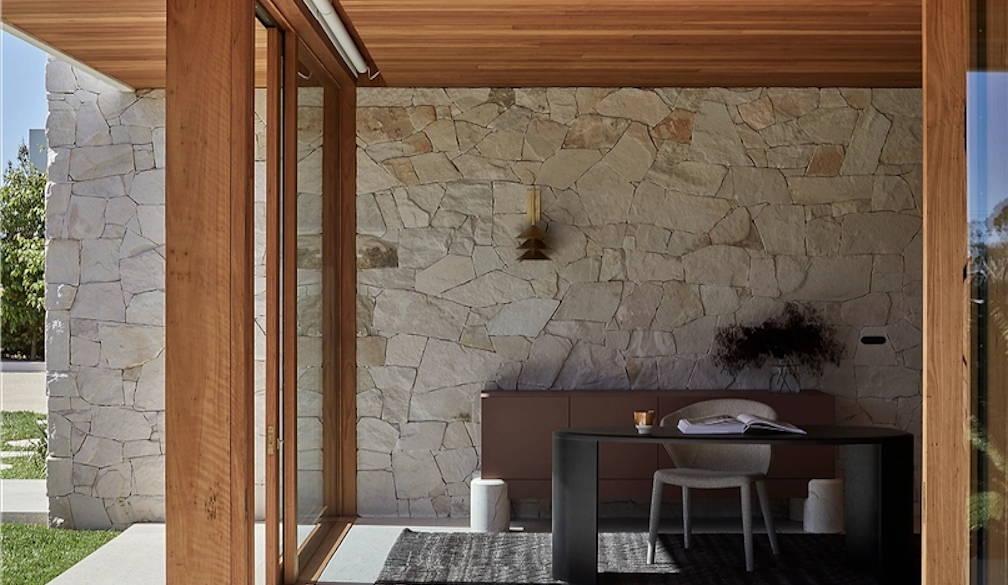Why Natural Stone Remains a Favourite in Luxury Projects

When it comes to high-end design, every detail matters. Luxury spaces are not only about appearance; they’re about longevity, craftsmanship, and the sense of permanence that certain materials bring. Among the many choices available, natural stone consistently ranks as a preferred option for architects, designers, and homeowners. Whether used in grand foyers, serene bathrooms, or expansive outdoor areas, materials like limestone tiles continue to set the standard for luxury living.
A Timeless Appeal
Luxury projects often draw inspiration from history, where stone was a defining feature of palaces, monuments, and prestigious residences. That heritage still resonates today. Natural stone carries an intrinsic elegance that transcends design trends, making it a safe yet sophisticated choice for long-term investments.
Unlike synthetic materials, stone doesn’t attempt to mimic beauty — it embodies it. Each slab or tile is unique, with variations in tone and pattern that tell a story of its geological origins. This individuality ensures that no two luxury spaces look the same, reinforcing exclusivity, which is central to high-end design.
Performance Meets Prestige
Luxury is not only about looks — it’s about how a material performs over time. Natural stone excels here, offering unmatched durability. Dense stones resist wear in high-traffic areas, while textured finishes provide safety in wet or outdoor settings without compromising style.
Stone also ages gracefully. Rather than looking tired, it develops a patina that enhances its richness and character. In this sense, natural stone mirrors the essence of luxury: improving with time rather than diminishing.
Versatility Across Design Styles
One of the reasons stone remains popular in luxury projects is its adaptability. It works as well in traditional estates as it does in contemporary retreats.
- Classic interiors benefit from the warmth of tumbled or honed finishes, paired with timber and ornate detailing.
- Modern designs make use of sleek, polished stone in large formats, creating seamless, minimalist spaces.
- Outdoor living areas utilise textured stone for safety while maintaining elegance, blurring the boundaries between inside and out.
This versatility allows stone to be a unifying element across multiple spaces within a project, tying together different rooms and design themes with subtle continuity.
Sustainability and Value
Luxury projects increasingly prioritise sustainability, and natural stone supports this shift. Unlike short-lived synthetic materials, stone has a long lifecycle and often requires less replacement. Its durability reduces waste, and when sourced responsibly, it aligns with environmentally conscious design principles.
From an investment perspective, stone flooring and surfaces also add tangible value. Buyers view natural stone as a premium feature, often associating it with quality craftsmanship and long-lasting appeal. For developers or homeowners, it’s a choice that delivers both immediate impact and enduring worth.
A Sensory Experience
Luxury is as much about feeling as it is about appearance. Natural stone enhances spaces in ways that go beyond the visual. Its cool surface underfoot, the subtle texture of a honed finish, or the warmth of sunlight reflected across a polished slab all contribute to a sensory experience. This tactile quality is something synthetic alternatives struggle to replicate, and it’s part of what keeps stone firmly rooted in high-end design.
Why Designers Keep Coming Back to Stone
At its core, luxury design is about creating spaces that are beautiful, functional, and timeless. Natural stone delivers on all fronts. It’s authentic, adaptable, and enduring, making it one of the most reliable materials for premium projects.
By choosing stone, designers and homeowners alike invest in surfaces that not only elevate interiors today but also continue to add charm and prestige for decades to come. In the world of luxury, that kind of lasting impact is the ultimate measure of success.





